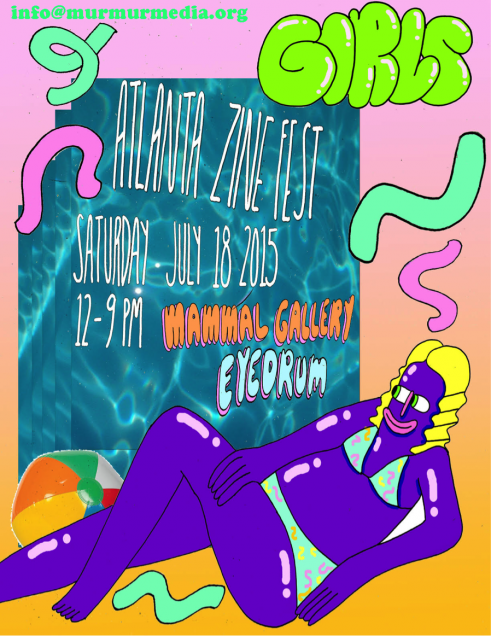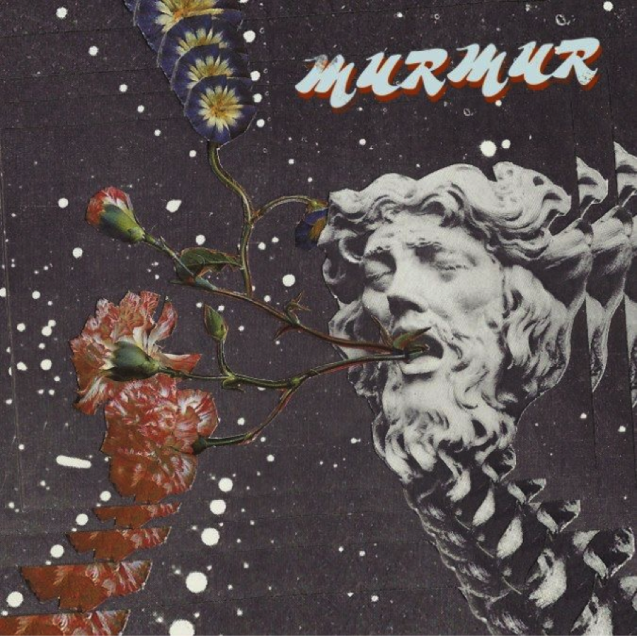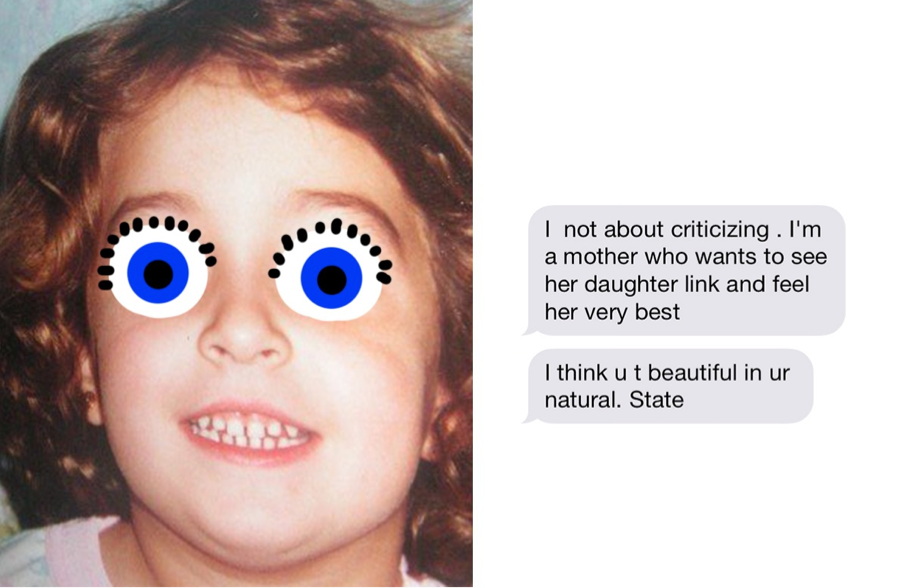
The third annual Atlanta Zine Fest takes place this Saturday, July 18, 12 – 9pm, at Eyedrum. Admission is free! Check the Facebook page for more information.
Sherri Caudell: When did your interest in zines begin?
Amanda Mills: I officially got into zines in the fifth grade, and that’s part of the reason I’m so interested in working with kids. Zine-making is a medium that really connects with them. My mom used to take me to Criminal Records, which had a small zine section where I connected with these little handmade booklets. I started to make my own immediately. In the eighth grade, I got into the online community of zines, which opened up a whole new network and subculture to me. That’s when I started trading, selling, and buying zines more seriously. I really got interested in zine-making as a practice and zinester as an identity; it made me feel a lot less isolated in a number of ways. Fanzines connected me to different types of music, different ways of dressing, and it was my foray into feminism. I had a coming-of-age experience through zines.
SC: Who were some of the zinesters that first influenced you?
AM: I got connected to some older feminist zinesters who went to Georgia State University, and that really helped me bring these things that I was reading and writing about into a real life practice. They inspired me to major in women’s studies. They ran the Women’s Studies Club, which I became president of when I went to college, and they would send out these weekly emails that listed every feminist event in the surrounding area. It really inspired me to know that there was such a hot bed of cool shit happening.

SC: What kind of zines are you currently making?
AM: I’ve always written about my personal experiences as a woman in semi-poetic prose. I feel like I’m sort of an old school zinester; I’m using the medium to talk about my personal experiences and my sexuality. It’s rooted in the riot grrrl spirit of zinemaking, but that is not what zines are limited to.
SC: Why did you start the Atlanta Zine Fest?
AM: In tenth grade I started going to this artsy charter school where students taught all the electives. As a student teacher, my class was on zine making. I started the Atlanta Zine Library while I was in college. Then, I kept hearing about this woman, Tracy Soo-Ming Neale, and everyone kept saying that we were twins. She sent me a Facebook message and said, “I know you do the Atlanta Zine Library. I live in Canada and we have a bunch of zine fests, have you ever thought about doing one?” We met up for coffee and became instant friends. We started planning the first Atlanta Zine Fest together. It was very much forged through a friendship.
SC: Where is the library’s permanent location?
AM: It’s at Hodgepodge Coffeehouse and Gallery. They’ve been really great and the perfect home for the library. Most of the zines in the library I bought with my own money. There’s around 800 zines.
SC: What is Murmur Media?
AM: From the beginning, AZF and the Atlanta Zine Library have not been just about zines. With Murmur, I wanted to honor the fact that people do a lot of different types of DIY work. I ran a tape label called Big Blonde Records and when I made a zine, they would come with a tape. The organizing I do is DIY. I want to thoughtfully and intentionally engage the fact that we can cross over multiple mediums, but that these things can still be related. We can talk about practice and aesthetics. There is an endless conversation that can be had that is centered around DIY, and Murmur is a branding that allows us to more clearly have that as our platform.

SC: How is this year’s AZF different from fests in the past?
AM: This year’s fest has a theme and the last two years didn’t; I want to carry on with having themes in the future. The theme is “Girls in DIY,” which is entirely inspired by my own exposure to zines and my personal story behind the work that I do. I don’t want it to be a vehicle for highlighting just young white girls—that’s very important to me. I also think that the term “girls” has just as much possibility to be empowering as it does to be exclusionary. I’m trying to have programming that explores that duality. What are the word’s uses, what contexts does it evoke? It’s a conversation around the word. I also want the theme to highlight the way girls of all different identities, backgrounds, and perspectives engage in DIY. There are a lot of women involved in DIY work, and I wanted to have a conversation about that. What gaps does DIY fill that other channels don’t? Why are marginalized people, including women, so knee-deep in it?
SC: What are some of the workshops you will have at the fest?
AM: Allyssa Lewis of My Animation Life is doing a workshop called “Let’s Make a VERY Short Cartoon.” She’s an animator for the F/X show “Archer.” Gender is not at the forefront of her workshop, but she is a woman doing DIY. There are a lot of women involved in the fest, but there are also transgender people, and also some men, just having an uncomplicated conversation about their work or skill sharing. So not every single part of the fest is dealing head on with gender. For example, Charlie Bennett, who has a radio show on WREK, called “Lost in the Stacks,” is doing a workshop on podcasting.
SC: Can you tell me about “Ladylike, a group photography exhibit” that will be at Eyedrum Art & Music Gallery ?
AM: This show is being organized by Murmur, but it’s not exclusive to the fest. The opening is on July 17 and the closing reception is August 8. We’re having artists’ talks at the fest, which is July 18. Sunni Johnson and Jon Dean of Wussy Mag co-curated the exhibition. There are a lot of amazing photographers involved and all of their work is highlighting queer perspectives of femininity as expressed through style, dress, and physical appearance in the Southeast region.
SC: Will the exhibition be addressing drag queen culture?
AM: Absolutely. I would say drag, trans, and queer identified. It’s celebrating the myriad ways that people express these identities through their physical appearances as related to femininity. But, it would be dangerous to categorize it as just a drag photography exhibit because it’s so much more complex and nuanced than that.
SC: Tell me a little about artist Nina Dolgin’s solo exhibition “Very Sensitive.”
AM: It is in conjunction with the fest and the fest’s theme but will be open longer. Nina has a three-week run at the Broad Street Visitors Center, which is a new space across from Mammal Gallery. We are really excited to get to work with them. Through her work, Nina is going to be speaking about her girlhood by appropriating actual relics from her childhood, including family photos and videos. She has manipulated them to construct a narrative that enforces her agency. So, rather than leaving the storytelling of one’s girlhood up to family members, which is something that I think a lot of young girls do and end up feeling a loss of control or agency, Nina is taking that back retroactively. It’s an exercise in self, but it’s also exploring elements like memory throughout her girlhood. These are all really important things when you are talking about what it means to be a girl.





